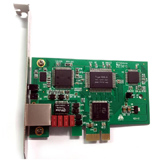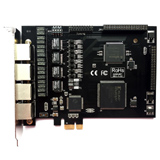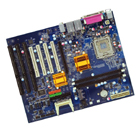
| Index |
||||||||||||||||
About VoIP Technical detailsThe two major competing standards for VoIP are the IETF standard SIP and the ITU standard H.323. Initially H.323 was the most popular protocol, though in the "local loop" it has since been surpassed by SIP. This was primarily due to the latter's better traversal of NAT and firewalls, although recent changes introduced for H.323 have removed this advantage. However, in backbone voice networks where everything is under the control of the network operator or telco, H.323 is the protocol of choice. Many of the largest carriers use H.323 in their core backbones, and the vast majority of callers have little or no idea that their POTS calls are being carried over VoIP. Where VoIP travels through multiple providers' softswitches the concepts of Full Media Proxy and Signalling Proxy are important. In H.323, the data is made up of 3 streams of data: 1) H.225.0 Call Signaling; 2) H.245; 3) Media. So if you are in London, your provider is in Australia, and you wish to call America, then in full proxy mode all three streams will go half way around the world and the delay (up to 500-600 ms) and packet loss will be high. However in signaling proxy mode where only the signaling flows through the provider the delay will be reduced to a more user friendly 120-150 ms. One of the key issues with all traditional VoIP protocols is the wasted bandwidth used for packet headers. Typically, to send a G.723.1 5.6 kbit/s compressed audio path requires 18 kbit/s of bandwidth based on standard sampling rates. The difference between the 5.6 kbit/s and 18 kbit/s is packet headers. There are a number of bandwidth optimization techniques used, such as silence suppression and header compression. This can typically save 35% on bandwidth usage. VoIP trunking techniques such as TDMoIP can reduce bandwidth overhead even further by multiplexing multiple conversations that are heading to the same destination and wrapping them up inside the same packets. Because the packet header overhead is shared between many simultaneous streams, TDMoIP can offer near toll quality audio with a per-stream packet header overhead of only about 1 kbit/s.
-ISDN BRI and ISDN PRI Services
|
||||||||||||||||





